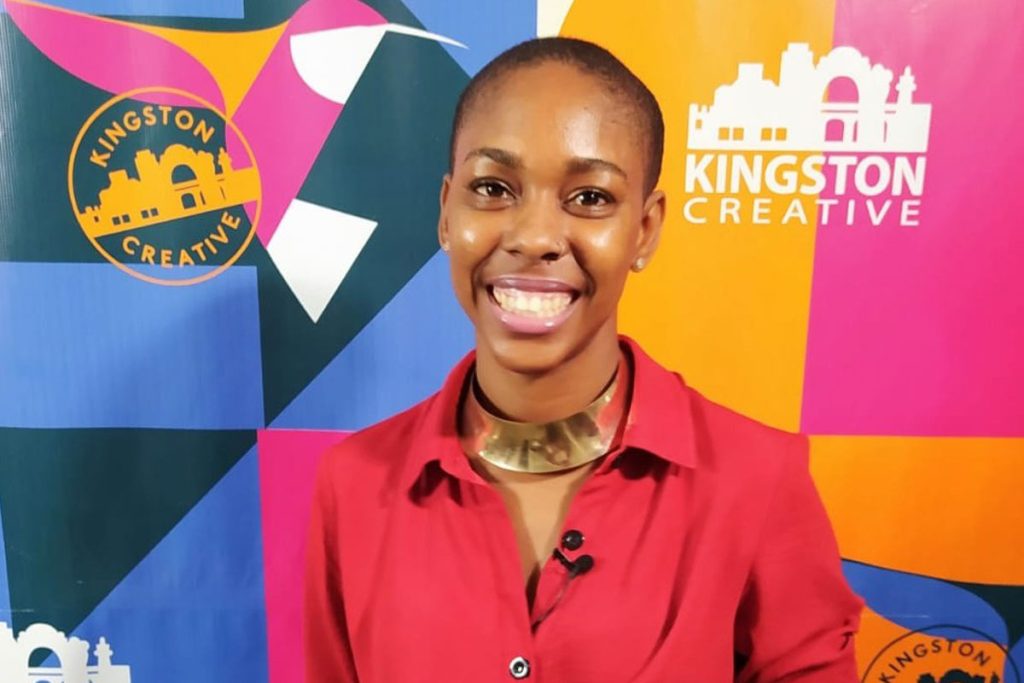The adage ‘build it and they will come’ has long described Dubai’s mentality, but it is now applicable to the Gulf city’s ambition to transform itself into a creative hub.
Eighty percent of global creative hubs are created from the top-down with government money funding infrastructure development and legislation passed in an active effort to build mature ecosystems.
In April, Dubai launched its Creative Economy Strategy that looks to double the contribution of the creative industries to GDP from 2.6 percent in 2020 to 5 percent by 2025.
“To become a global creative city, you have to enable creatives. You have to provide the platform, but you also have to create an ecosystem so they can thrive,” Hala Badri, director general at the Dubai Culture and Arts Authority said at a conference in Dubai.
The pandemic hit the global creative sector hard. Deemed non-essential, some 10 million jobs in the culture and creativity sectors were lost or became fragile in 2020, when globally the sector shrunk by $750 billion, according to UNESCO figures.
Despite the massive hit, cultural infrastructure projects were completed last year, with four of those brought to fruition in the Middle East: the Al Jouf Regional Museum in Dumat Al-Jandal, Saudi Arabia; Hail Regional Museum in Saudi Arabia; the Hechal Hatarbut Arts Centre in Jerusalem; and the Tabouk Regional Museum in Saudi Arabia. Five regional projects were also announced last year: the Beit HaKehillot Jewish Heritage Museum in Jerusalem; the Red Sea Museum in Jeddah; the teamLab Borderless in Jeddah and Riyadh; and the Natural History Museum in Oman.
The total capital investment for these nine projects stood at $63 million.

Beyond large-scale projects, the creative sector is primarily made up of entrepreneurs, and it’s this segment Dubai is looking to welcome. Badri said 97 percent of the sector is comprised of micro- to small and medium businesses.
And that ecosystem has to cater to every step of the creative supply chain from ideation, creation and production, to reproduction and distribution.
While most creative districts are established top-down, 20 percent emerge organically, like the hub in Kingston, Jamaica, but even ecosystems that seem to develop themselves need government support.
“Even if you are community-led you still need government support developing smart policies, investing and major infrastructure in a city. An NGO can’t impact sewage and water for development or create affordable housing to avoid gentrification,” said Andrea Dempster Chung, co-founder and executive director of Kingston Cultural District.

“It’s not about when government is too much, but it’s about how do we develop partnerships between government, the private sector and third sector.”
Once infrastructure is developed, entrepreneurs still need support and education on where and how to access funding and how to establish a business that can scale.
“The number one important point for us is simplification. Simplifying the processes and systems that makes it easier for entrepreneurs and creative entrepreneurs to move forward faster,” Badri said. “The government’s role is to provide a platform for them to market their products and IP to the world.”









